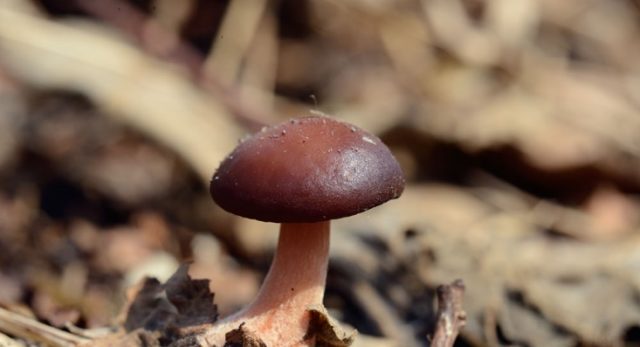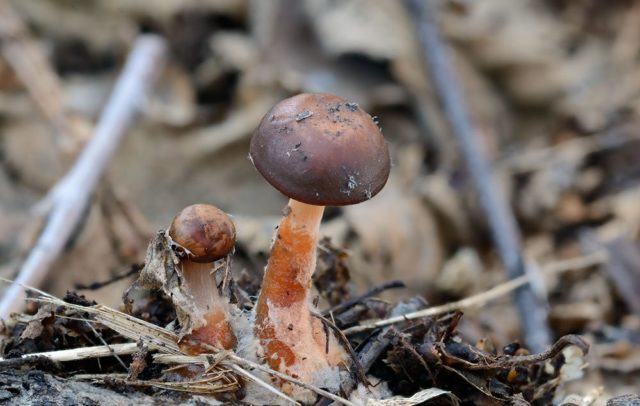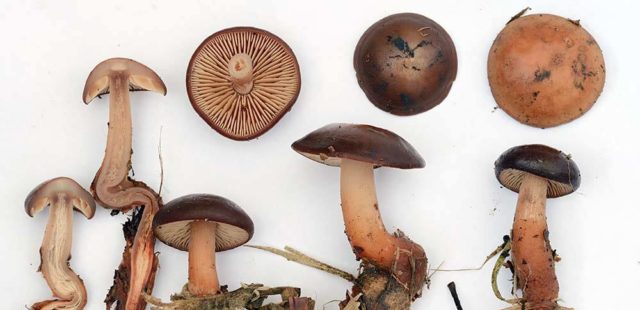Content
Collibia snowy of the family Negniumnikovye bears fruit in spring forests, at the same time as primroses. The species is also called spring or snowy honey agaric, spring hymnopus, Collybianivalis, Gymnopusvernus.
Description of the Snowy Collibia
Among the numerous genus of Gymnopuses, there are many early spring species that are distinguished by their small size. Outwardly, the mushroom makes quite a pleasant impression, which does not repel lovers of quiet hunting.
Description of the hat
The diameter of the cap of Colibia sub-snow does not exceed 4 cm. At the beginning of growth, the shape is hemispherical, then with age it is umbellate, convex in silhouette, or occasionally flat, sometimes with a depressed center. The edges are straight. The peel is recognized by the following parameters:
- reddish brown;
- shiny;
- slippery to the touch;
- brightens as it grows;
- when drying - pink-beige.
The color of the loose, fleshy flesh of the snowy colibia is from brown to white. Brownish-cream wide blades are not dense. Representatives of this species have an earthy mushroom smell, after cooking, the taste is mild.
Leg description
Colibia has a snowy leg with the following features:
- 2-7 cm in height, 2-6 mm in width;
- smooth in appearance, but fibers are noticeable;
- clavate, wide below;
- pubescent at the bottom;
- bends slightly near the cap or above the ground;
- contrasting in comparison with the dark cap - pale cream or ocher, the color is thicker below;
- the cartilaginous flesh is tough.
Is the mushroom edible or not
The spring hymnopus is considered conditionally edible, but has not yet been sufficiently studied. Toxins are not present in the fruiting body. Suitable for drying to add mushroom flavor to first courses. Spring colibia is collected only by experienced mushroom pickers, due to the small volume, the species is not popular.
Where and how it grows
Snowy honey fungus is a relatively rare mushroom of the middle lane. They are found in deciduous forests, where alder, beech, elm, hazel grow, on thawed patches. Prefers peaty boggy areas with dense leaf litter or dead wood. Groups of spring hymnopuses appear in the first warm days, in April or early May, where the snow has melted. Not afraid of frost.
Doubles and their differences
Snowy colliery seems to be like honey agarics. But you need to know the differences:
- honey agarics have a ring on the leg;
- they appear in summer and autumn;
- grow on wood.
Conclusion
Collibia snowy smells good when finished, it is quite easy to distinguish it, since it appears in the spring. Lovers of the gifts of the forest are not stopped by the small size, but are attracted by the opportunity to feast on fresh mushrooms.












